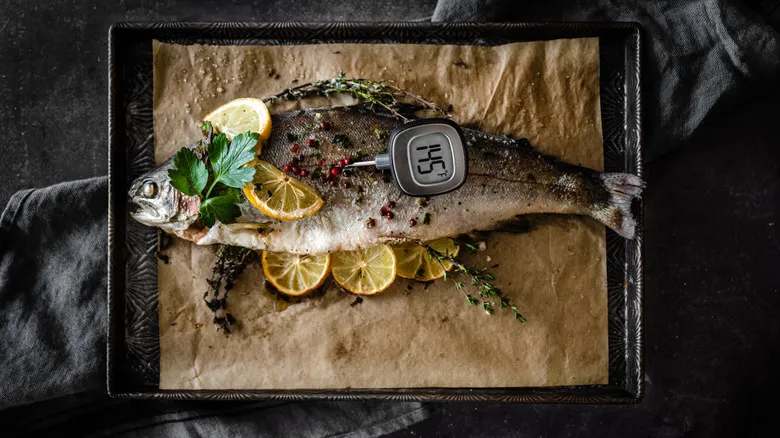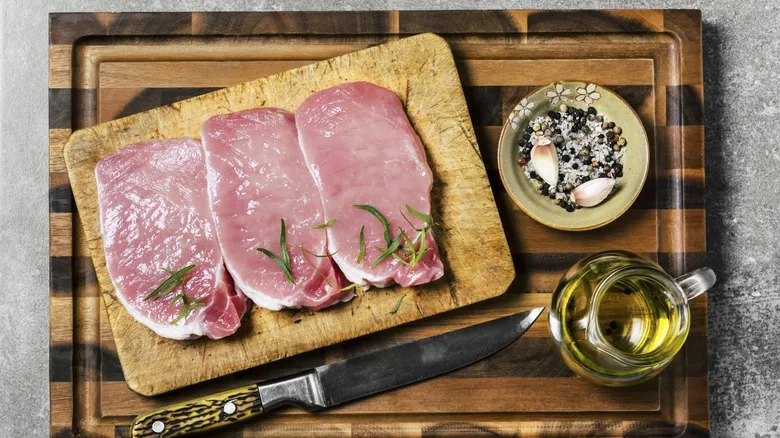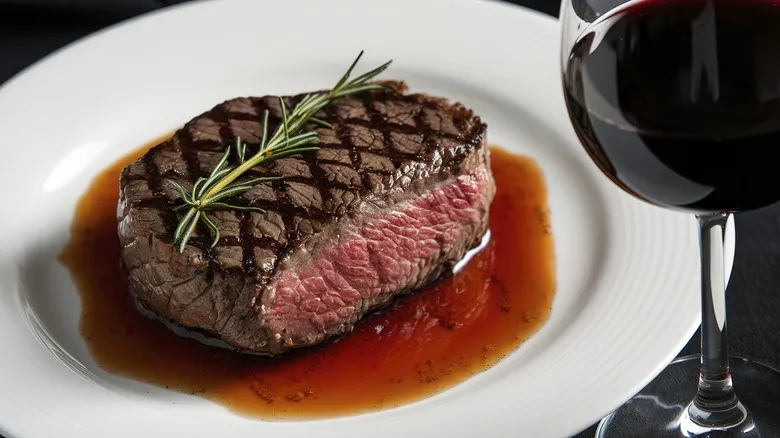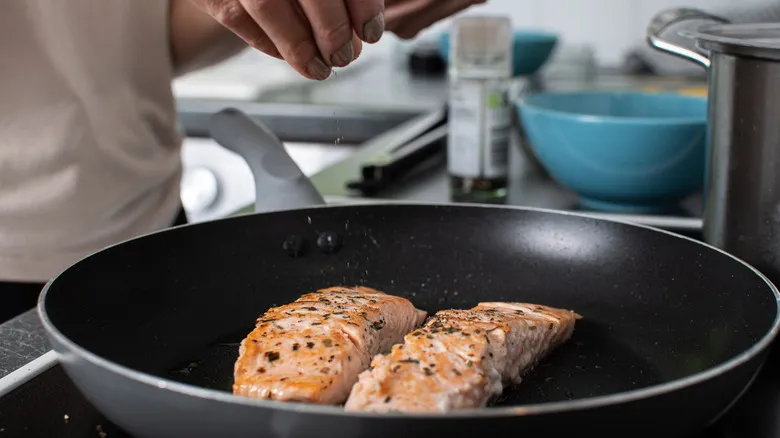Tips for perfectly cooked fish every time

You know you want your fish to achieve the ideal temperature, but how can you determine when that is? A food thermometer (such as ThermoPro's digital thermometer) is the most dependable method for checking doneness, although there are alternative techniques if you don’t have one available. "We suggest using a meat thermometer and inserting it into the thickest part of the fish," says Robert DiGregorio. "If you lack a thermometer, you can use the 'flake' test. Your fish is done when it becomes opaque and flakes easily with a fork." If you prefer not to disrupt the smooth appearance of your fish by flaking it, you can use a cake tester to check for doneness instead, yielding similar results.
Fortunately, fish is one of the easiest types of meat to visually assess for doneness. When it comes to shellfish, which cooks a bit differently than fresh or saltwater fish, there are also clear indicators. DiGregorio notes, "Shellfish like shrimp is cooked when it turns pink and opaque. Shellfish such as mussels and clams are done when they open up."
You might be curious about how your cooking methods should differ when using fresh fish versus frozen. There are many instances where frozen fish can be a better option than fresh, but DiGregorio advises, "It's generally best to allow the fish to thaw before cooking." However, if you need to cook fish from frozen to prevent it from becoming mushy, he recommends, "Using thinner cuts and cooking at a lower temperature for a longer duration."
Recommended

Why You Should Marinate Your Pork Chops In This Classic Soda

Skip The Butter In Favor Of Another Creamy Condiment Next Time You Make Corn On The Cob

The 5-Minute Pomegranate Peeling Method To Save You Time And Frustration

The Only Formula You Need For Perfect Steak Pan Sauce
Next up

